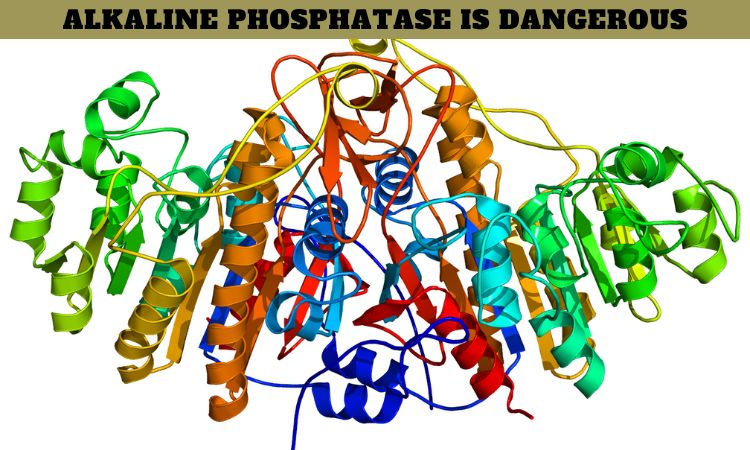
Alkaline phosphatase (ALP) is an enzyme present in various tissues, notably the liver, bones, kidneys, and placenta. It plays a crucial role in processes like bone mineralization and liver function. Blood tests measuring ALP levels are commonly used to diagnose or monitor liver and bone disorders. However, determining when ALP levels become “dangerous” requires understanding normal ranges, underlying causes, and clinical context. This article explores the significance of elevated ALP, associated risks, and management strategies.
Normal ALP Ranges
ALP levels vary by age, health status, and life stage:
Adults: 20–140 units per liter (U/L), though lab-specific ranges may differ slightly.
Children and Adolescents: Levels can be 3–4 times higher due to bone growth, peaking during growth spurts.
Pregnancy: The placenta produces ALP, causing levels to rise, particularly in the third trimester.
These variations underscore why ALP must be interpreted relative to individual circumstances. For instance, a level of 400 U/L might be normal for a teenager but alarming in an adult.
Causes of Elevated ALP
Elevations in ALP typically stem from liver or bone pathologies, though other factors can contribute:
Liver Conditions:
Cholestasis (bile flow obstruction due to gallstones or tumors).
Hepatitis or cirrhosis.
Liver cancer or metastases.
Bone Disorders:
Paget’s disease (abnormal bone remodeling).
Osteomalacia (bone softening from vitamin D deficiency).
Bone metastases (e.g., from breast or prostate cancer).
Other Causes:
Medications (e.g., anticonvulsants, antibiotics).
Healing fractures or normal growth in children.
Chronic kidney disease or hyperparathyroidism.
When Is ALP Considered Dangerous?
The danger of elevated ALP lies not in the number itself but in the underlying condition. Clinicians categorize elevations as:Mild (1.5–3x upper limit): Often linked to benign causes like healing bones or medication.
Moderate (3–5x upper limit): May indicate chronic liver disease or early-stage bone disorders.
Severe (>5x upper limit): Suggests acute or severe pathology, such as primary biliary cholangitis (PBC) or widespread bone metastases.
Critical Thresholds and Clinical Context
Liver Origin: Levels exceeding 1,000 U/L may signal PBC or bile duct obstruction. For example, a sudden spike in ALP with jaundice could indicate a gallstone blocking the bile duct, requiring urgent intervention.
Bone Origin: Extremely high levels (e.g., 2,000 U/L) might reflect aggressive bone cancers or Paget’s disease.
However, transient elevations from minor injuries or non-fasting blood draws are usually harmless. Persistently high levels, especially with symptoms like weight loss or pain, warrant concern.
Symptoms and Associated Conditions
Dangerous ALP elevations often accompany symptoms pointing to their origin:Liver Issues: Jaundice, abdominal pain, nausea, or dark urine.
Bone Disorders: Bone pain, fractures, or deformities.
General Signs: Fatigue, unexplained weight loss, or fever.
For instance, a patient with ALP of 1,200 U/L, itching, and fatigue might have PBC, while another with bone pain and ALP of 1,500 U/L could have metastatic cancer.
Clinical Evaluation
Doctors use a multi-faceted approach:Isoenzyme Testing: Differentiates liver vs. bone ALP, though GGT levels often help confirm liver involvement.
Imaging: Ultrasounds, CT scans, or MRIs identify obstructions or tumors.
Biopsies: Assess liver or bone tissue for cancer or fibrosis.
Additional Tests: Check vitamin D, parathyroid hormone, or tumor markers.
Management and Treatment
Treatment targets the root cause, not ALP itself:Bile Duct Obstruction: Surgery or ERCP to remove blockages.
PBC: Ursodeoxycholic acid to slow progression.
Bone Metastases: Radiation, chemotherapy, or bisphosphonates.
Osteomalacia: Vitamin D and calcium supplements.
Regular monitoring ensures treatment efficacy and detects complications early.


